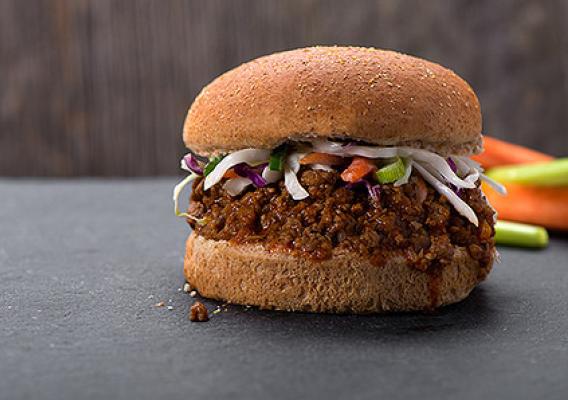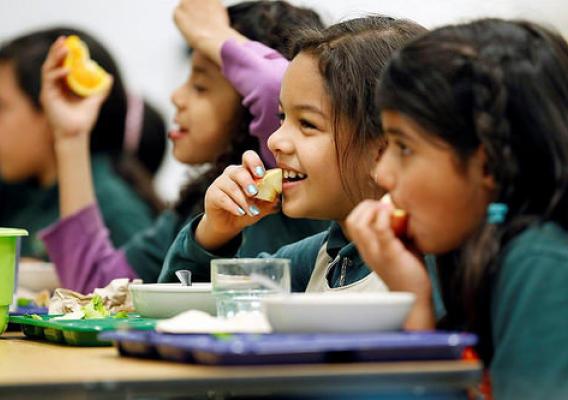The following guest blog is part of our Cafeteria Stories series, highlighting the efforts of hard working school nutrition professionals who are dedicated to making the healthy choice the easy choice at schools across the country. We thank them for sharing their stories!
By Tom Adam, Physical Education Teacher and Wellness Champion at Spout Springs School of Enrichment
Those of us who work in schools know that the lunch line is not the only place where kids get their calories at school. That’s why we were pleased to see the USDA Smart Snacks in School standards go into effect last summer, which applied to food and beverages sold outside of the school meals program, including in-school fundraisers.
Spout Springs School of Enrichment wasn’t worried about meeting the new standards. For the past few years, our school traded food-based fundraisers for our annual Seminole Sprint, a fun run organized by our Parent Teacher Organization, which has raised more than $40,000 in one day to benefit our school!









